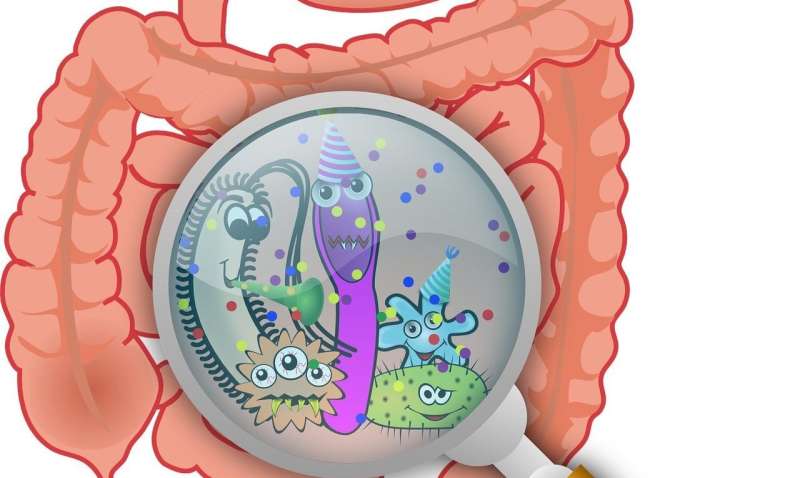How microvilli form

The gut is lined by cells containing brush borders, which are composed of arrays of microvillar protrusions that help in nutrient absorption and provide a barrier against pathogens and toxins. Microbes such as E. coli can destroy microvilli with potentially life-threatening results. But how microvilli form has not been well understood.
Using super-resolution microscopy and live cell imaging, Matthew Tyska, Ph.D., and colleagues show that a protein called insulin receptor tyrosine kinase substrate (IRTKS) promotes microvilli elongation. They previously discovered that IRTKS is the only protein in the intestinal brush border containing an I-BAR domain. I-BAR proteins help form membrane protrusions.
Reporting this month in the journal Current Biology, the researchers showed that IRTKS tracks to the distal tips of growing microvilli through the I-BAR domain. These results help explain why IRTKS is targeted by the gut pathogens that disrupt microvilli during infection of the intestinal lining.
More information: Meagan M. Postema et al. IRTKS (BAIAP2L1) Elongates Epithelial Microvilli Using EPS8-Dependent and Independent Mechanisms, Current Biology (2018).
Journal information: Current Biology
Provided by Vanderbilt University

















